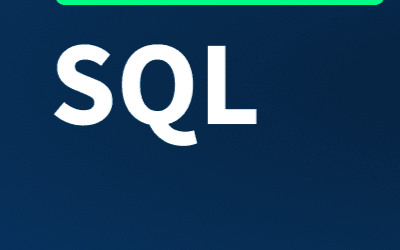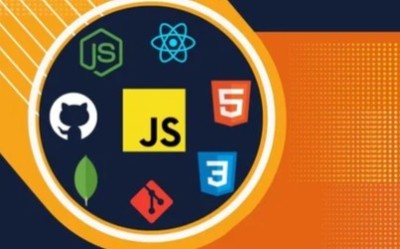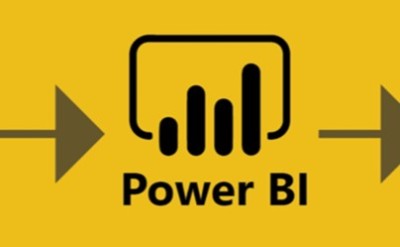Course description
Highlights:
- Introduction to Databases and SQL: Understand the fundamentals of relational databases andtheSQL language. - Basic SQL Queries: Learn to retrieve data using SELECT statements, filtering, sorting, and limitingresults. - Advanced SQL Queries: Master complex queries using joins, subqueries, and set operations. - Database Design and Normalization: Learn to design efficient and scalable relational databases. - Data Manipulation: Use SQL to modify data, insert new records, update existing data, and deleterecords. - Aggregation and Grouping: Perform aggregation using SQL functions for analysis, such as COUNT, SUM, AVG, MIN, and MAX. - Transactions and Indexing: Understand transactions, ACID properties, and improve query
performance using indexes.
Course Objective:
By the end of this course, you will be able to: - Write and execute basic and advanced SQL queries to retrieve and analyze data. - Design and normalize relational databases for efficient storage and retrieval of data. - Implement data manipulation operations such as INSERT, UPDATE, DELETE, and MERGE. - Use aggregate functions and GROUP BY for data analysis. - Optimize SQL queries for better performance and learn best practices for database management. - Understand the importance of transactions, locking, and indexing in databases.
Course Structure:
1. Introduction to Databases and SQL
- What is a database? Understanding the importance of relational databases. - Overview of SQL: What is SQL and why is it used?
- SQL components: Data Definition Language (DDL), Data Manipulation Language (DML), andDataControl Language (DCL). - Introduction to relational database management systems (RDBMS): MySQL, PostgreSQL, SQL
Server, Oracle. - Understanding database tables, rows, and columns.
2. Basic SQL Queries
- SELECT statement: Basic structure and syntax of SQL queries. - Filtering data with WHERE clause. - Sorting data with ORDER BY. - Limiting query results with LIMIT (or equivalent in different RDBMS). - Using DISTINCT to eliminate duplicate values in query results. - String, number, and date operations in SQL queries.
3. Advanced SQL Queries
- Understanding joins: INNER JOIN, LEFT JOIN, RIGHT JOIN, FULL OUTER JOIN. - Using subqueries and nested queries. - Set operations: UNION, INTERSECT, EXCEPT. - Using aliases for tables and columns. - Correlated subqueries and non-correlated subqueries. - Handling NULL values in SQL queries.
4. Database Design and Normalization
- Principles of database design: Understanding entities, relationships, and keys. - Normalization: First, Second, and Third Normal Forms (1NF, 2NF, 3NF). - Identifying primary keys, foreign keys, and unique constraints. - Understanding relationships: One-to-one, one-to-many, and many-to-many. - Designing relational schemas for efficient data storage. - Database modeling tools and ER diagrams.
5. Data Manipulation with SQL
- Inserting data into tables: INSERT INTO statement. - Updating existing data: UPDATE statement. - Deleting records from tables: DELETE statement. - Using the MERGE statement for conditional updates and inserts. - Working with transactions: COMMIT and ROLLBACK. - Managing database constraints (NOT NULL, UNIQUE, CHECK, DEFAULT).
6. Aggregation and Grouping
- Using aggregate functions: COUNT, SUM, AVG, MIN, MAX. - Grouping data with GROUP BY clause. - Filtering grouped data using HAVING clause. - Combining aggregate functions with JOINs and subqueries. - Working with window functions (ROW_NUMBER, RANK, DENSE_RANK). - Calculating running totals and percentages using window functions.
7. Transactions and Indexing
- Understanding transactions and ACID properties (Atomicity, Consistency, Isolation, Durability). - Using transaction control commands: BEGIN, COMMIT, and ROLLBACK. - Locking mechanisms and isolation levels in transactions. - Introduction to indexing: How indexes improve query performance. - Types of indexes: Primary index, secondary index, composite index. - Query optimization using EXPLAIN plan and understanding query execution
8. SQL Security and Best Practices
- User permissions and access control in SQL. - SQL injection: What is it, and how to prevent it?
- Writing efficient SQL queries and avoiding common pitfalls. - Backup and recovery of databases. - Data integrity constraints: Foreign keys, check constraints, and triggers. - Best practices for writing maintainable and scalable SQL code
9. Capstone Project: SQL Database Management
- Designing and implementing a relational database from scratch. - Writing complex SQL queries for data analysis and reporting. - Optimizing queries for performance and handling large datasets. - Performing data manipulation and ensuring data integrity. - Presenting your SQL database and queries as a real-world application.
Learning Methodology:
- Interactive Lessons: Engage in hands-on tutorials, coding exercises, and practical scenarios tolearnSQL concepts.
- Practical Projects: Apply your knowledge to create databases, write SQL queries, and analyze datausing real-world examples. - Assessments and Quizzes: Reinforce your learning with quizzes, assignments, and project
assessments. - Live Sessions: Participate in live Q&A sessions, coding challenges, and troubleshooting with
instructors. - Discussion Forums: Collaborate with peers, ask questions, and discuss SQL queries in dedicatedforums
Who Should Enroll:
- Beginners: Individuals who are new to databases and SQL and want to learn how to manage andquery relational databases. - Data Analysts: Professionals who want to gain or improve their SQL skills to analyze data efficiently. - Software Developers: Developers who need to interact with databases and use SQL in their
applications. - Database Administrators (DBAs): DBAs who want to improve their SQL query writing and databasemanagement skills. - Business Analysts: Individuals who need to extract and analyze business data stored in databases. - Students: Students pursuing degrees or certifications in computer science, data science, or relatedfields looking to enhance their database management skills. This SQL for Data Management and Analysis course will provide you with the essential skills toeffectively manage and manipulate relational databases using SQL. Whether you are starting your
career in data analysis, looking to become a proficient database administrator, or wanting to buildpowerful data-driven applications, this course will give you the tools and knowledge to succeedinworking with SQL databases.














